SUMMARY
This is AI generated summarization, which may have errors. For context, always refer to the full article.
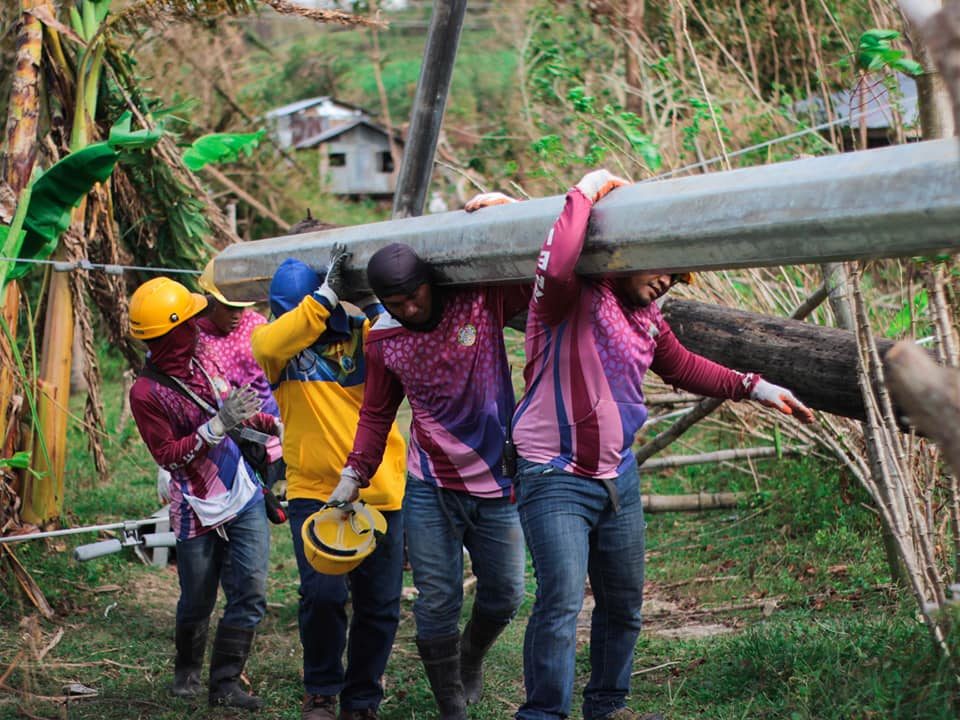
BACOLOD CITY, Philippines – Localities in Negros Occidental that were struck by Typhoon Odette (Rai) have resumed their COVID-19 inoculation drive but at a pace slower than pre-Odette days, a local health official said.
Dr. Jessica Fama, medical specialist 3 of the Provincial Health Office (PHO), told Rappler on Tuesday, December 28, the province is “not demanding” beyond local governments’ capacities in the devastated Sixth or far south district.
Fama mentioned the lack of power or unstable supply in many towns. The problem also affects water supply.
The province has offered to do the vaccination drive in these areas but would still need local frontliners, who were also affected badly by Odette, to help.
“They’re the ones who will create the demand generation since they know the people there,” Fama said.
“We don’t want a second disaster to happen in these disaster-stricken areas, especially in the evacuation centers. We don’t want an outbreak in the evacuation areas. We want to avoid a second disaster,” she explained.
But “we don’t want to rush and impose,” Fama stressed, adding that the priority in the affected areas is still delivering basic services and food assistance to the typhoon survivors.
More than 800 residents of the province are still in evacuation centers.
Kabankalan City, one of the most flooded areas, on Wednesday, December 29, posted on Facebook to reassure residents that delivery of food aid would not depend on their vaccination status.
Low vaccination rates

As of December 27, the PHO said 713,829 Negrenses – only 39.11% of the target population of 1,825,370 – are already fully vaccinated. The health office said 426,420 residents are due for their second dose.
At least 723,391 individuals remained unvaccinated in the province, which has a population of 2,607,671.
Of the province’s 31 localities, Kabankalan City has the most number of unvaccinated individuals at 64,144, or 48.22% of its target population of 133,016.
Kabankalan, which has a total population of 190,023, has 30,280 fully-vaccinated residents, while 37,043 have yet to get their second dose.
San Carlos City in the province’s far north still has 54,634 unvaccinated individuals or 56.39% of its target population of 96,878. It has 29,706 fully vaccinated residents while 12,763 have yet to receive their second dose. The city has a total population of 138,397.
Sipalay City, where 17 persons died during Odette, has 27,102 unvaccinated residents, or 52.92% of the target population of 51,217. The city has 8,622 fully vaccinated individuals from its 73,167 total population, while 8,576 have yet to get their second dose.
Dr. Marie Jocelyn Te, medical officer 4 of the Department of Health in Western Visayas, reminded the public to continue to guard against COVID-19.
“We should not be complacent even if we’re vaccinated,” she said, echoing other medical experts’ forecasts of a rise in cases due to people forgetting to wear masks during Christmas gatherings of clans and friends.
Power woes
Negros Occidental Governor Eugenio Jose “Bong” Lacson said on December 28 it may take a month to restore normalcy to the power sector as 200 lines went down when Odette hammered the province’s southern part .
Sipalay City and the towns of Hinoba-an, Moises Padilla, and Don Salvador Benedictor still have no power due to having many downed posts. Sipalay’s feeder sources are also not yet working.
The rest of the towns and cities in the province only have partial power supply. Even parts of the province’s capital, Bacolod City, still lack power. – Rappler.com
Add a comment
How does this make you feel?


![[Time Trowel] Evolution and the sneakiness of COVID](https://www.rappler.com/tachyon/2024/02/tl-evolution-covid.jpg?resize=257%2C257&crop=455px%2C0px%2C1080px%2C1080px)


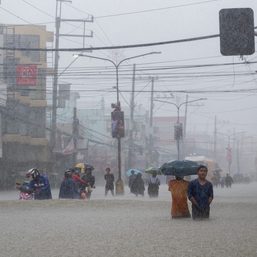

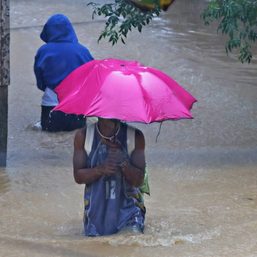
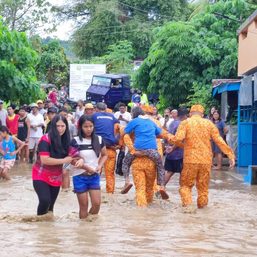
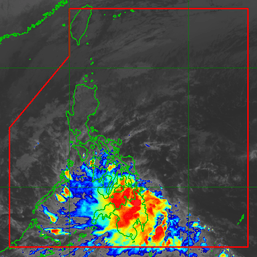
There are no comments yet. Add your comment to start the conversation.